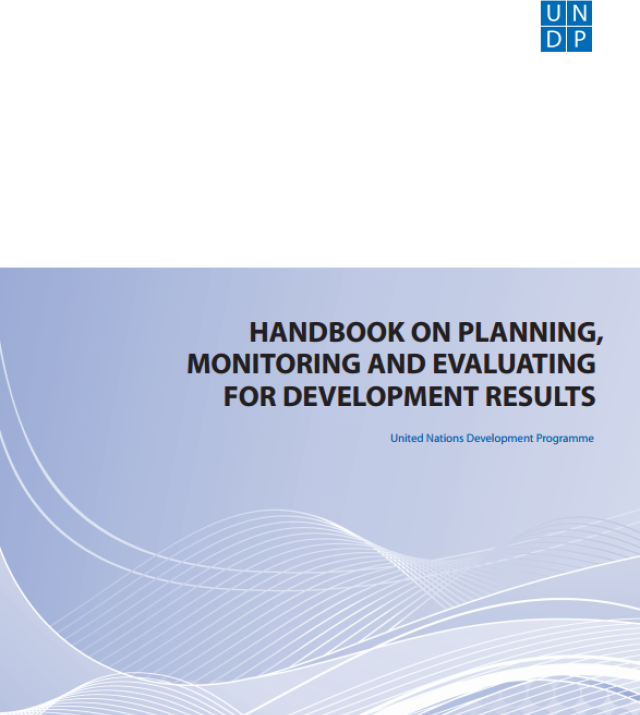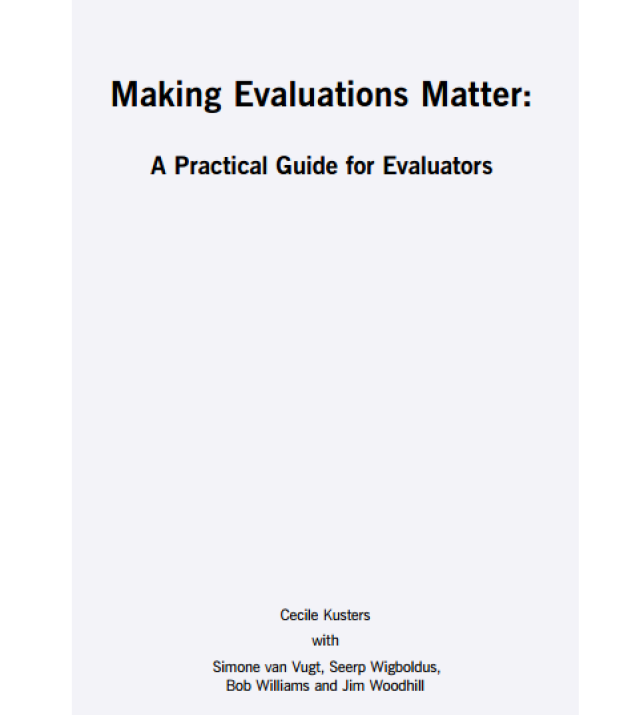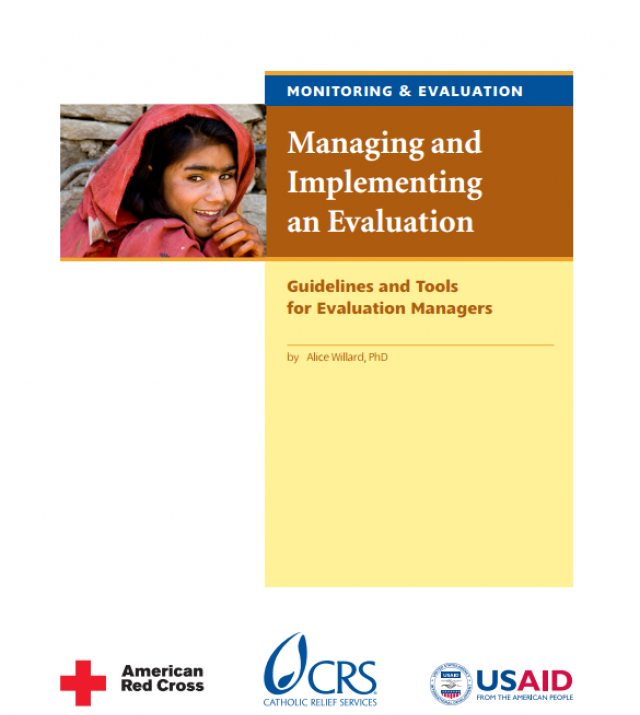
Communicating and Reporting on Evaluation: Guideline and Tools

Understanding and learning occur when evaluation processes and findings are effectively communicated and reported. Active involvement of evaluation stakeholders in all phases of an evaluation ensures ownership and use. A communicating and reporting strategy includes a final written evaluation report as well as other interactive communication and reporting formats to help ensure understanding and use.
Communicating and Reporting on an Evaluation aims to help PVO staff facilitate learning among individuals, groups, and organizations by communicating and reporting evaluation processes and findings more effectively. Successful experience shows that communicating and reporting an evaluation needs to be planned from the start, assigned a budget and resources, and include activities to be conducted throughout the evaluation process. Reporting formats should be varied, tailored to what the audience needs to know, and provided at the right time. Written formats should use clear, jargon-free language and include visuals such as graphs, charts, tables, photos and/or illustrations.
To plan an effective communicating and reporting strategy, PVO staff should consider the characteristics of the evaluation stakeholders and audiences, the purpose of communicating with them, and how best to communicate with them. A communicating and reporting strategy considers activities during all evaluation phases. For example, during the evaluation, progress and preliminary findings are reported; after the evaluation, the report is disseminated to outside audiences.
A final report is the most important way to communicate an evaluation. Other formats to consider include short communications such as brochures or newsletters, verbal presentations at debriefing meetings, and creative formats such as drama. Critical reflection events—such as working sessions—use facilitation methods to help stakeholders and audiences actively engage with evaluation findings. Electronic formats can help to disseminate reports to a wide audience; synchronous electronic communications, such as web conferencing, allow dispersed evaluation stakeholders to read and discuss an evaluation.

